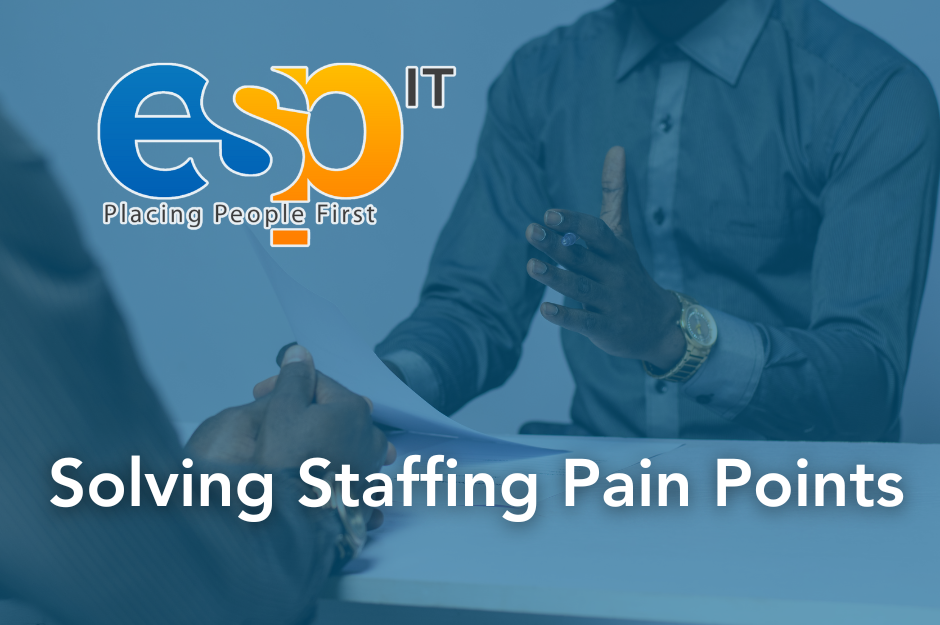The IT field evolves at a rate at which few businesses can ever hope to keep pace. Mobility has become a key factor within what used to be a highly contained internal environment. Additionally, the demand for solutions that allow access to advanced resources and capabilities, regardless of an employee’s location, has also shifted the priorities within the IT landscape.
To meet the demands of today’s work environment, IT teams need an open mind toward the advances in cloud solutions and mobile technology in order to provide the solutions of tomorrow, today.
Cloud Solutions
Cloud-based technology has already moved beyond the basics of cloud storage, and even cloud computing. Instead, the cloud is seen as a method for providing an entire IT solution, one that is expected to offer both a high level of technical capacity while also offering a simple solution that can be accessed by any applicable employee from a variety of in-house or remote locations.
Initially, the desires to extend cloud-based services beyond the idea of simple shared storage posed a significant challenge within the IT sector, as software that was previously contained within a user’s computer was suddenly required to provide the user with full utility through a virtual desktop interface that was also easy to use regardless of the user’s technical prowess.
In order to meet the changing demands of the workforce, IT teams had to change their perspective from being a provider of service options and support to becoming the facilitators of a new business infrastructure. New tools began to focus on application integration and creating a dynamic environment that promotes seamless collaboration, regardless of physical location.
Mobile Technology
While the days of the corporate Blackberry are generally considered long gone, mobile devices as a whole are here to stay. As the technology progressed, and the number of available devices skyrocketed, IT teams were faced with new dilemmas regarding device and network security, as well as the ability of valuable business assets to travel freely within and outside of corporate facilities.
As the use of personal mobile devices increased, most commonly through the BYOD movement, the demand to integrate business functions into personal devices increased. IT had to further work to segregate critical corporate information from regular casual use, regulating the transfer of critical information between secured and unsecured portions of the device, while keeping the activities generally convenient and user friendly.
Mobile technology now has its own solutions, particularly in the areas of mobile device management (MDM) technologies, which are designed to coordinate information from other internal resources like Active Directory, as well as provide access to secured portions of the internal network. IT teams have had to adapt as the areas of IT security, mobility, network storage and access, and data management had to contend with the demands a user is likely to place on a personal device.
This is Only the Beginning
New technologies seem to present themselves on an almost daily basis, with today’s solutions being considered unthinkable even 10 years ago. As more IT professionals look for solutions to problems related to mobility and communication, and the further integration of business needs and accessible technology, we can expect the landscape to change even further.
If you want to know what steps your business can take in order to use advancing technologies to solve common workplace issues, the professionals at ESP are here to provide the guidance you’re looking for.
ESP IN THE NEWS



